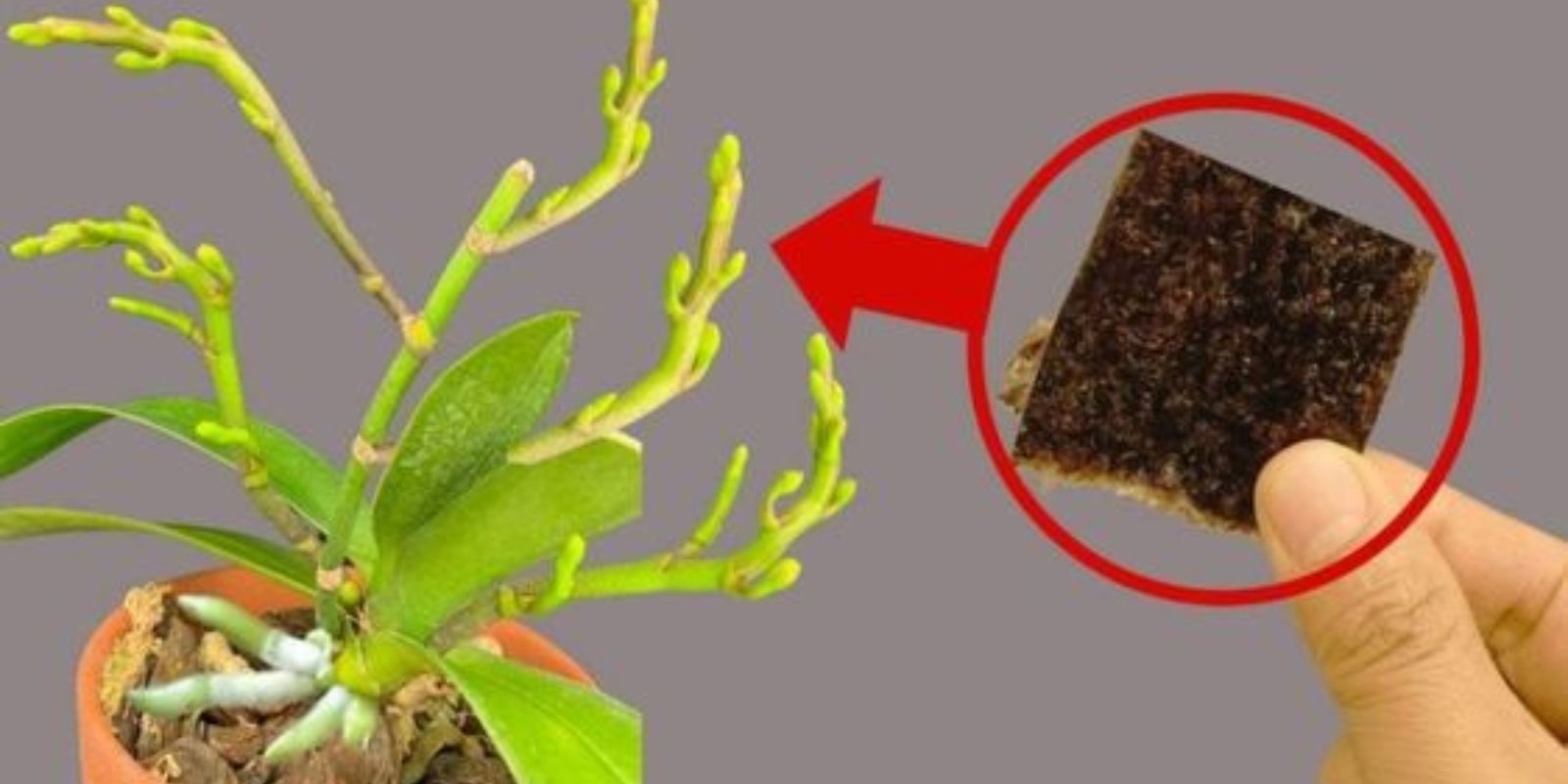Introduction
Citrus trees, known for their vibrant fruits and lush foliage, are a favorite among gardeners. However, growing these trees quickly and efficiently can be a challenge. Whether you’re cultivating lemons, oranges, or limes, a few strategic steps can significantly accelerate their growth. This article delves into a proven trick for achieving rapid citrus growth, providing you with a step-by-step guide to transforming your citrus trees into thriving, fruit-bearing plants in record time.
Preparing Nutrient-Rich Soil
The foundation of rapid citrus growth begins with high-quality soil. Citrus trees thrive in well-draining, nutrient-rich soil that supports their extensive root systems and provides essential nutrients.
1. Choose the Right Soil Mix
For optimal growth, start with a soil mix that combines compost and well-draining soil. Compost enriches the soil with organic matter and nutrients, while well-draining soil ensures proper aeration and prevents waterlogging, which can lead to root rot.
How to Prepare the Soil Mix:
- Mix Ingredients: Combine equal parts compost and well-draining soil. If you’re using potting soil, add perlite or sand to improve drainage.
- Test Soil pH: Citrus trees prefer a slightly acidic to neutral pH (6.0-7.0). Test the soil and adjust as necessary with lime or sulfur.
2. Prepare the Planting Area
If planting in the ground, clear the area of weeds and debris. Loosen the soil to a depth of at least 12 inches to facilitate root growth. For container planting, choose a pot with drainage holes to prevent waterlogging.
Using Citrus Fertilizer
Fertilization is crucial for accelerating citrus growth. Citrus trees have specific nutrient needs, and a balanced fertilizer can provide the essential elements required for vigorous growth.
1. Select a Balanced Fertilizer
Opt for a balanced citrus fertilizer with an equal ratio of nitrogen (N), phosphorus (P), and potassium (K). Look for formulations specifically designed for citrus plants, as they often include micronutrients such as magnesium and iron.
Types of Fertilizers:
- Granular Fertilizer: Easy to apply and provides slow-release nutrients.
- Liquid Fertilizer: Fast-acting and suitable for quick nutrient boosts.
2. Apply Fertilizer Correctly
Follow the manufacturer’s instructions for application rates and frequency. Over-fertilizing can damage the plant, so adhere to the recommended guidelines.
Application Tips:
- Granular: Sprinkle around the base of the plant and gently work it into the soil.
- Liquid: Mix with water and apply directly to the soil or foliage as directed.
Ensuring Proper Watering
Watering is a critical aspect of citrus tree care. Consistent watering helps maintain soil moisture and supports robust growth. However, overwatering or underwatering can hinder progress.
1. Establish a Watering Routine
Citrus trees generally require regular watering, especially during the growing season. Aim to keep the soil consistently moist but not waterlogged.
Watering Tips:
- Check Soil Moisture: Stick your finger into the soil. If the top 1-2 inches are dry, it’s time to water.
- Water Deeply: Ensure water reaches the root zone by watering thoroughly. Avoid frequent shallow watering.
2. Adjust for Weather Conditions
Weather conditions can affect watering needs. During hot, dry periods, increase watering frequency. Conversely, reduce watering during rainy seasons to prevent root rot.
Providing Adequate Sunlight
Sunlight is vital for the growth and fruit production of citrus trees. These plants require plenty of light to photosynthesize and develop strong foliage and fruit.
1. Choose a Sunny Location
Citrus trees need at least 6-8 hours of direct sunlight daily. For outdoor trees, select a location with full sun exposure. For indoor trees, place them near a south-facing window or use grow lights.
Light Requirements:
- Outdoor Trees: Ensure the planting area is free from shading structures or other plants.
- Indoor Trees: Use supplemental grow lights if natural sunlight is insufficient.
2. Monitor Light Intensity
Adjust light exposure based on the plant’s response. If leaves are yellowing or dropping, the plant may need more light. Conversely, protect the plant from intense midday sun to avoid sunburn.
Pruning Regularly
Pruning is an essential practice for maintaining the health and productivity of citrus trees. Regular pruning encourages better growth and increases fruit yield.
1. Prune for Shape and Health
Remove dead, diseased, or crossing branches to improve air circulation and light penetration. Pruning also helps shape the tree and promote a strong, balanced structure.
Pruning Tips:
- Timing: Prune during the dormant season or just before new growth begins in spring.
- Tools: Use clean, sharp pruning shears or loppers to make clean cuts.
2. Encourage Fruit Production
To boost fruit production, pinch back new growth tips and remove excess shoots. This practice redirects the plant’s energy toward developing fruit.
Monitoring and Adjusting
After implementing these techniques, observe your citrus trees for changes and adjust your care routine as needed. Regular monitoring will help you identify any issues and make necessary adjustments.
1. Watch for Growth Changes
Track the plant’s growth progress and flowering patterns. Look for signs of rapid growth, such as increased leaf size and new shoot development.
2. Adjust Care Practices
If you notice any issues such as nutrient deficiencies or pest problems, take prompt action to address them. Adjust watering, fertilization, or pruning practices based on the plant’s needs.
Conclusion
Achieving rapid growth for your citrus trees requires a combination of proper soil preparation, effective fertilization, consistent watering, ample sunlight, and regular pruning. By following these straightforward steps, you can accelerate the growth of your citrus plants and enjoy a bountiful harvest of fresh, flavorful fruit. Embrace this method, monitor your results, and share your success with fellow gardeners to inspire others to enhance their citrus-growing practices. Happy gardening!

